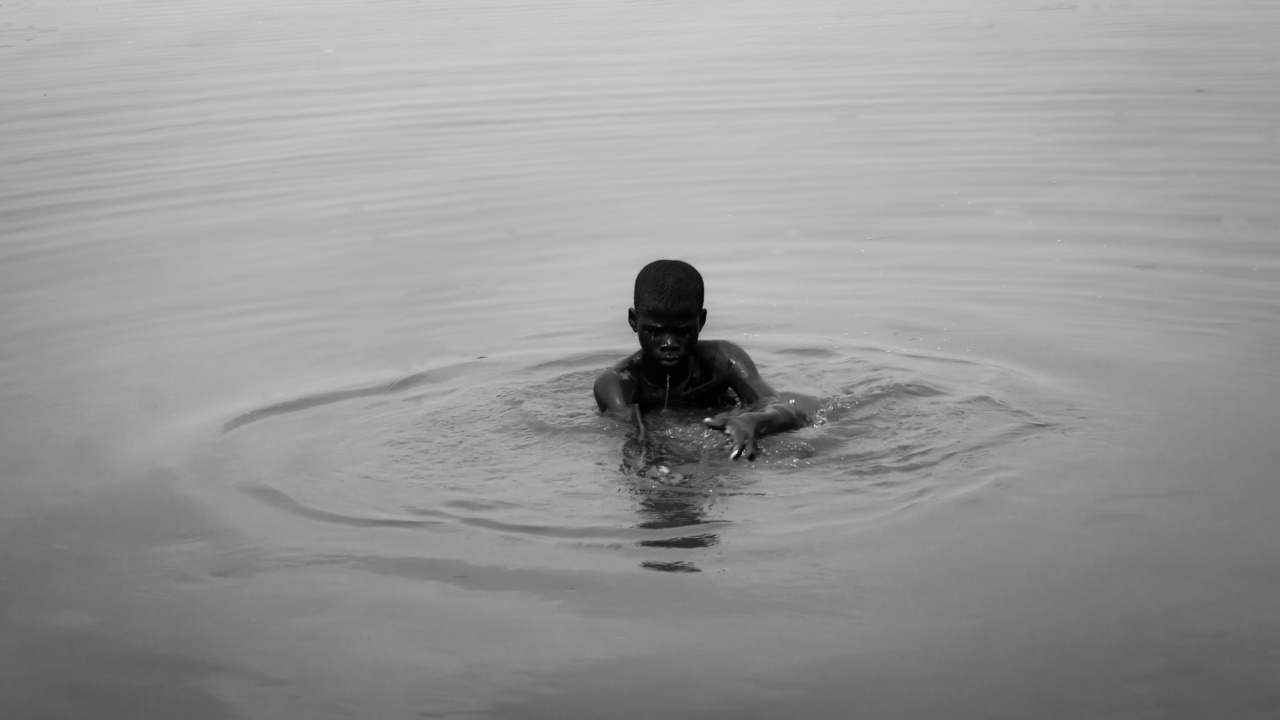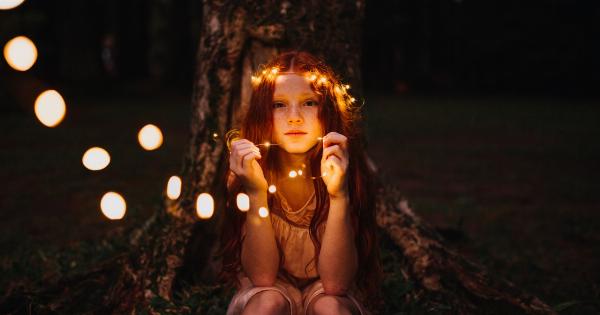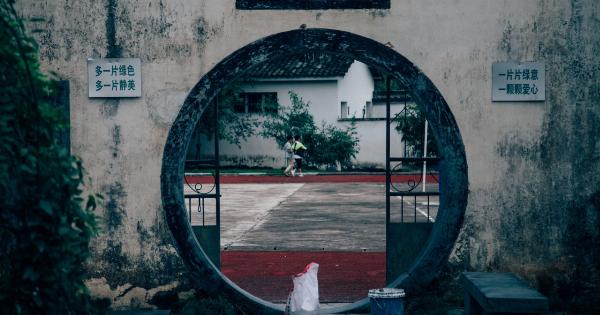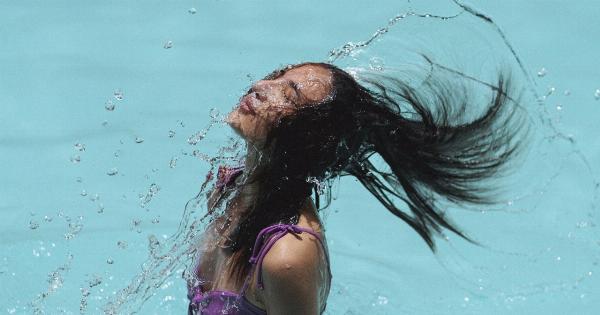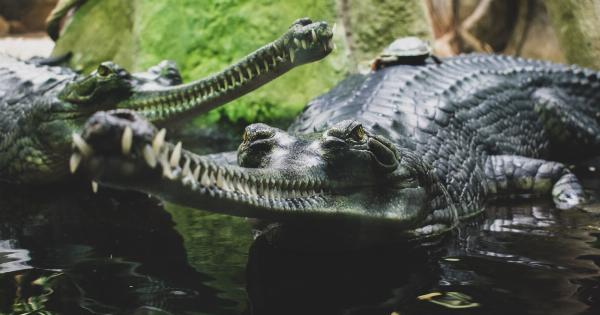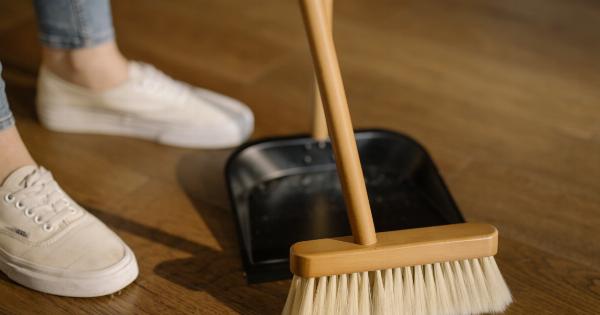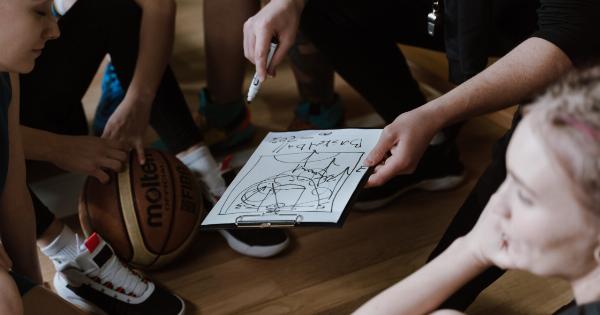Swimming has always been one of the most enjoyable activities for kids, and it’s a great way to cool off during hot and humid summer nights. Nighttime swimming can be an exciting experience, with the cool breeze and stars above.
However, there are also some potential dangers that parents need to keep in mind when allowing their kids to swim at night.
1. Poor Visibility
One of the most significant risks of swimming at night is poor visibility. Even if there are lights around your pool area, it can be challenging to see clearly underwater. It can also be difficult to notice when a child is struggling or needs assistance.
This is especially true for younger children who may not have the same swimming experience as adults.
2. Increased Chances of Accidents
Swimming at night poses an increased risk of accidents. Kids may jump or dive into the water without realizing the depth, causing them to hit their heads or injure themselves.
Additionally, the slippery pool deck can be more challenging to navigate in low light, increasing the risk of slips and falls.
3. Insects and Creatures
Another issue with swimming at night is the possibility of encountering insects or other creatures. Many insects are attracted to light, and pool lights can be a magnet for bugs.
Mosquitoes and other biting insects can make the swimming experience unpleasant, and some insects are even harmful if ingested or touched. Some creatures, like raccoons or snakes, might also pay a visit to your swimming pool, making it an unwelcome surprise for those taking a dip.
4. Temperature Drops
Another potential risk of nighttime swimming is temperature drops. When the sun goes down, the air and water temperature can drop quickly, especially in certain regions.
This temperature change can cause swimmers to feel chilly and uncomfortable, leading to hypothermia in worse cases.
5. Lack of Supervision
In many cases, kids may have more freedom and less supervision at night, which makes nighttime swimming even more dangerous. Parents may be inside the house, sleeping, and it would be difficult for them to hear the pool’s problems.
This lack of supervision can lead to dangerous situations like drowning or injury.
6. Chemical Imbalance in the Pool
Finally, swimming in improperly balanced pool water can lead to health and safety issues. When the pool chemicals are not maintained or balanced correctly, bacteria and other harmful organisms can build up.
This can lead to a higher risk of infection, skin damage, and respiratory issues arising from chlorine fume inhalation.
Conclusion
Swimming at night is an enjoyable experience, but not without potential risks. By being aware of the dangers listed above, parents can help ensure their kids’ safety while swimming at night.
Some ways to minimize these risks include installing proper lighting, reducing access to the pool area, and wearing life jackets or other safety gear. Overall, it’s essential to take the appropriate steps to protect your family and reduce the likelihood of any accidents or infections.
